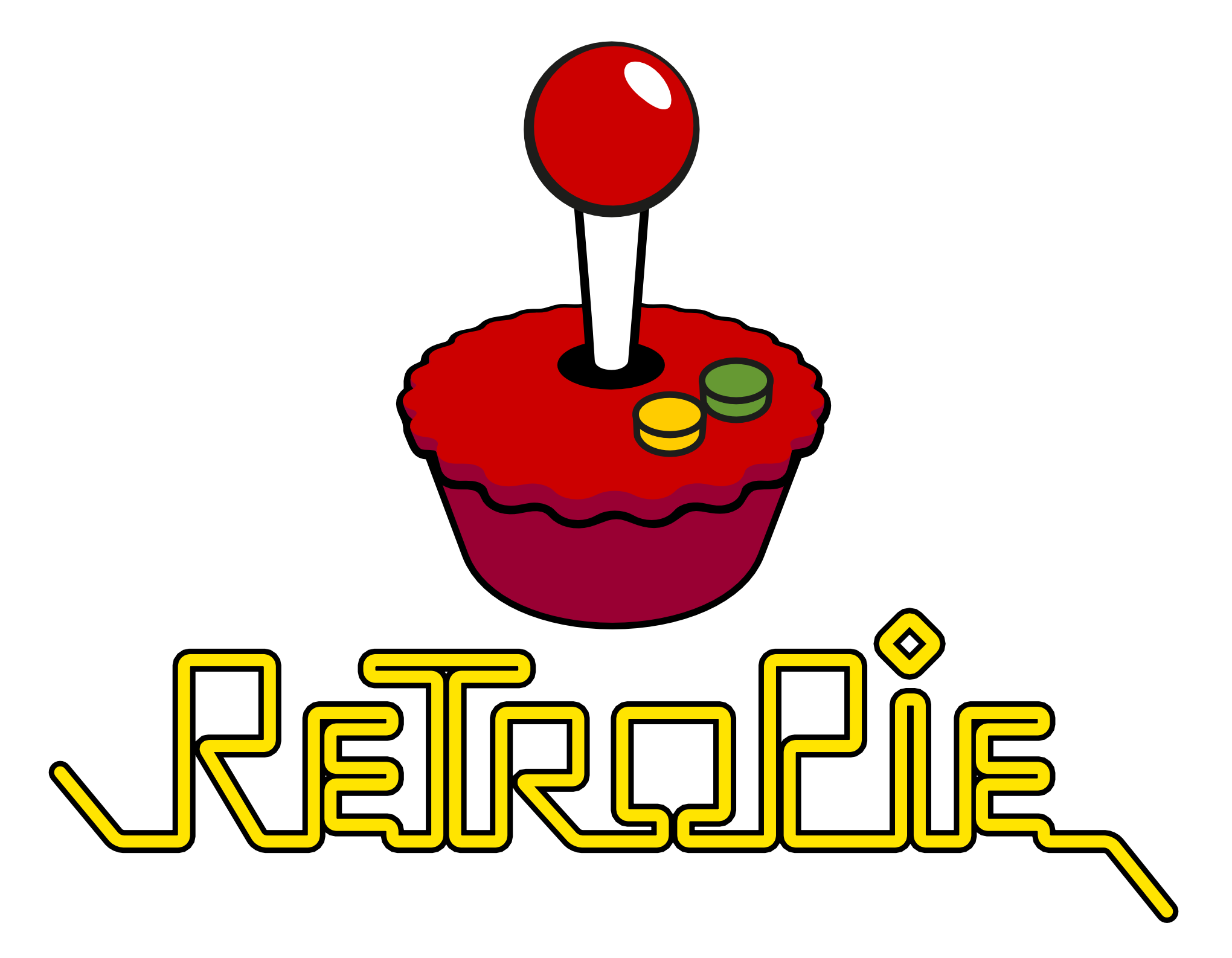Anyone is capable of having their caps lock key on at any given time without realizing so. Users can easily spot unwanted caps lock when typing in most inputs, but when using a password input, the problem isn’t so obvious. That leads to the user’s password being incorrect, which is an annoyance. Ideally developers could let the user know their caps lock key is activated.
To detect if a user has their keyboard’s caps lock turn on, we’ll employ KeyboardEvent‘s getModifierState method:
document.querySelector('input[type=password]').addEventListener('keyup', function (keyboardEvent) {
const capsLockOn = keyboardEvent.getModifierState('CapsLock');
if (capsLockOn) {
// Warn the user that their caps lock is on?
}
});
I’d never seen getModifierState used before, so I explored the W3C documentation to discover other useful values:
dictionary EventModifierInit : UIEventInit {
boolean ctrlKey = false;
boolean shiftKey = false;
boolean altKey = false;
boolean metaKey = false;
boolean modifierAltGraph = false;
boolean modifierCapsLock = false;
boolean modifierFn = false;
boolean modifierFnLock = false;
boolean modifierHyper = false;
boolean modifierNumLock = false;
boolean modifierScrollLock = false;
boolean modifierSuper = false;
boolean modifierSymbol = false;
boolean modifierSymbolLock = false;
};
getModifierState provides a wealth of insight as to the user’s keyboard during key-centric events. I wish I had known about getModifier earlier in my career!

CSS Animations Between Media Queries
CSS animations are right up there with sliced bread. CSS animations are efficient because they can be hardware accelerated, they require no JavaScript overhead, and they are composed of very little CSS code. Quite often we add CSS transforms to elements via CSS during…

How to Create a RetroPie on Raspberry Pi – Graphical Guide
Today we get to play amazing games on our super powered game consoles, PCs, VR headsets, and even mobile devices. While I enjoy playing new games these days, I do long for the retro gaming systems I had when I was a kid: the original Nintendo…

Create a Dynamic Table of Contents Using MooTools 1.2
You’ve probably noticed that I shy away from writing really long articles. Here are a few reasons why: Most site visitors are coming from Google and just want a straight to the point, bail-me-out ASAP answer to a question. I’ve noticed that I have a hard time…

Source link
